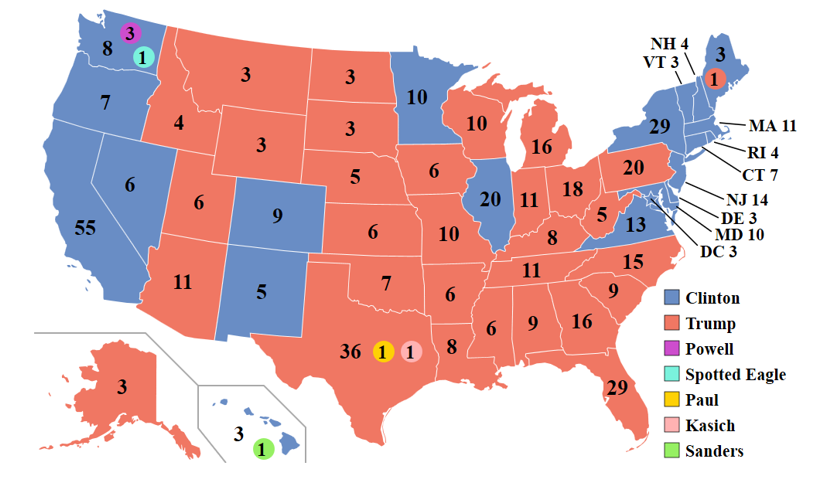The independent judiciary established by our Constitution has inspired the world. Even British law, which developed and preserved constitutional liberties, and whose firm sense of political rights inspired the American Founders, has only in the last two decades undertaken to separate its judiciary from Parliament’s supremacy.
The Framers of the Constitution were keenly aware of how Britain’s constitution had failed them. Britain’s judiciary had no power to keep Parliament in check when it passed the Intolerable Acts and the other outrages to which the Declaration of Independence objected. Previously, the courts proved unable to rein in the Stuart kings’ grabs for supremacy; war resulted.
Read the full story









